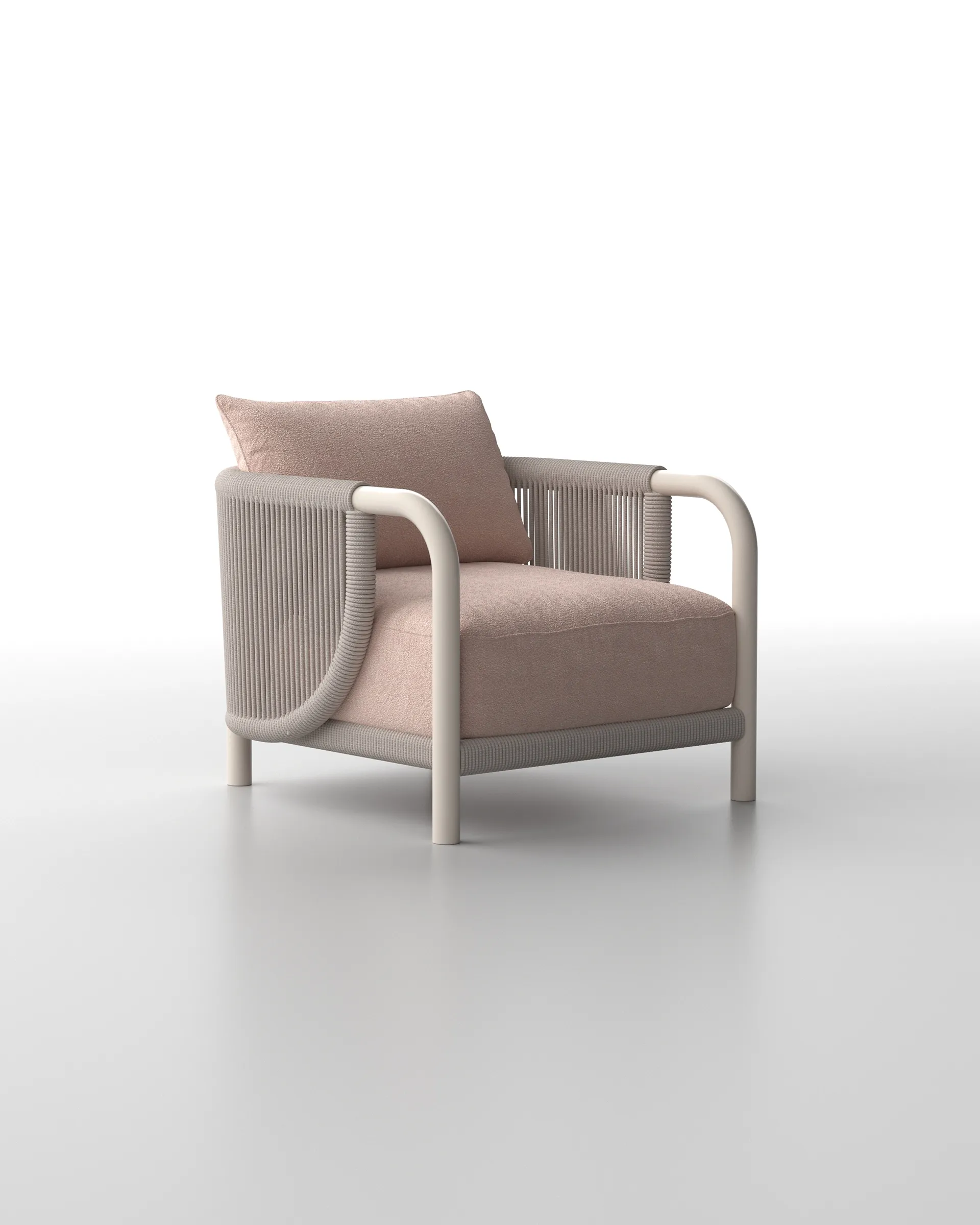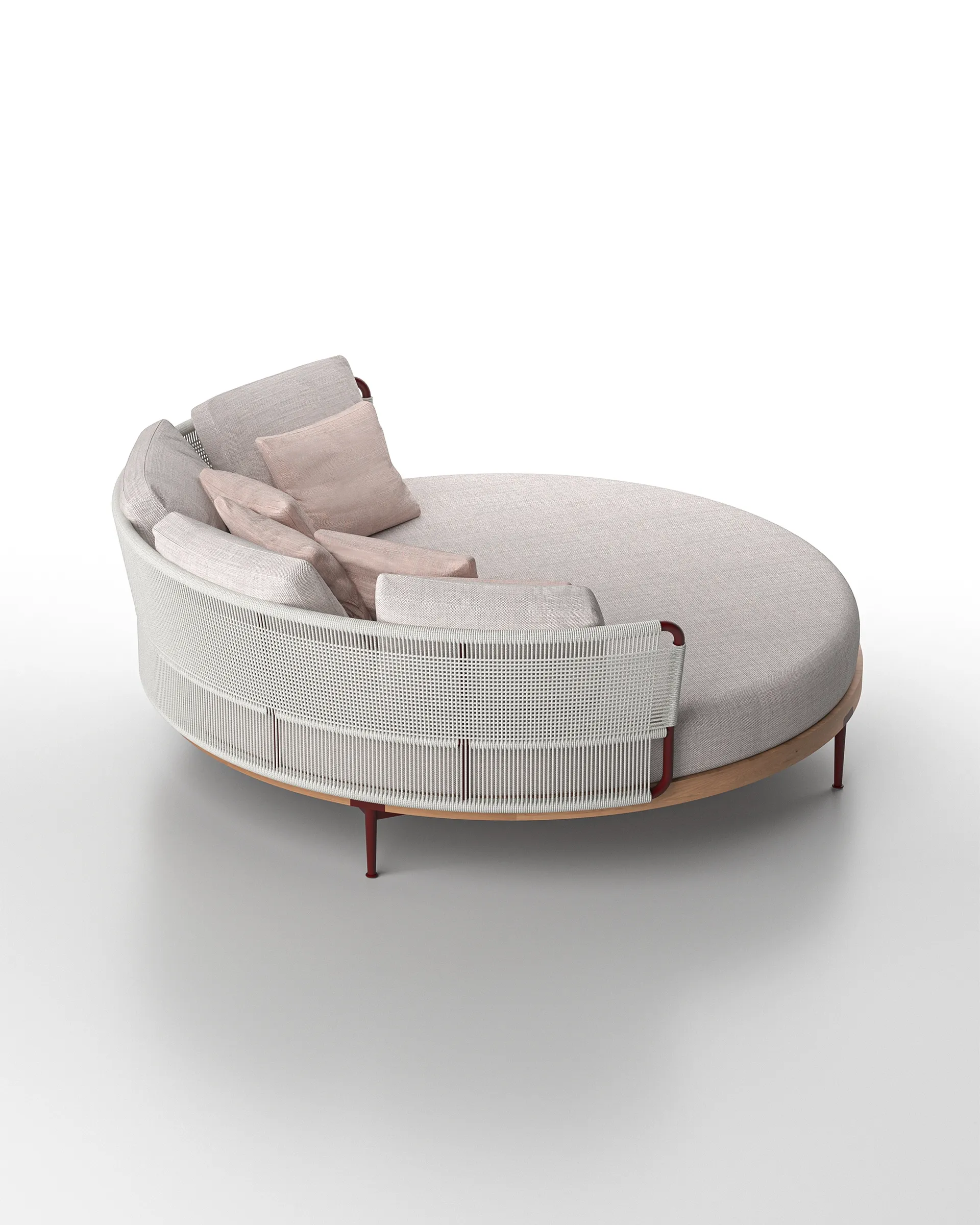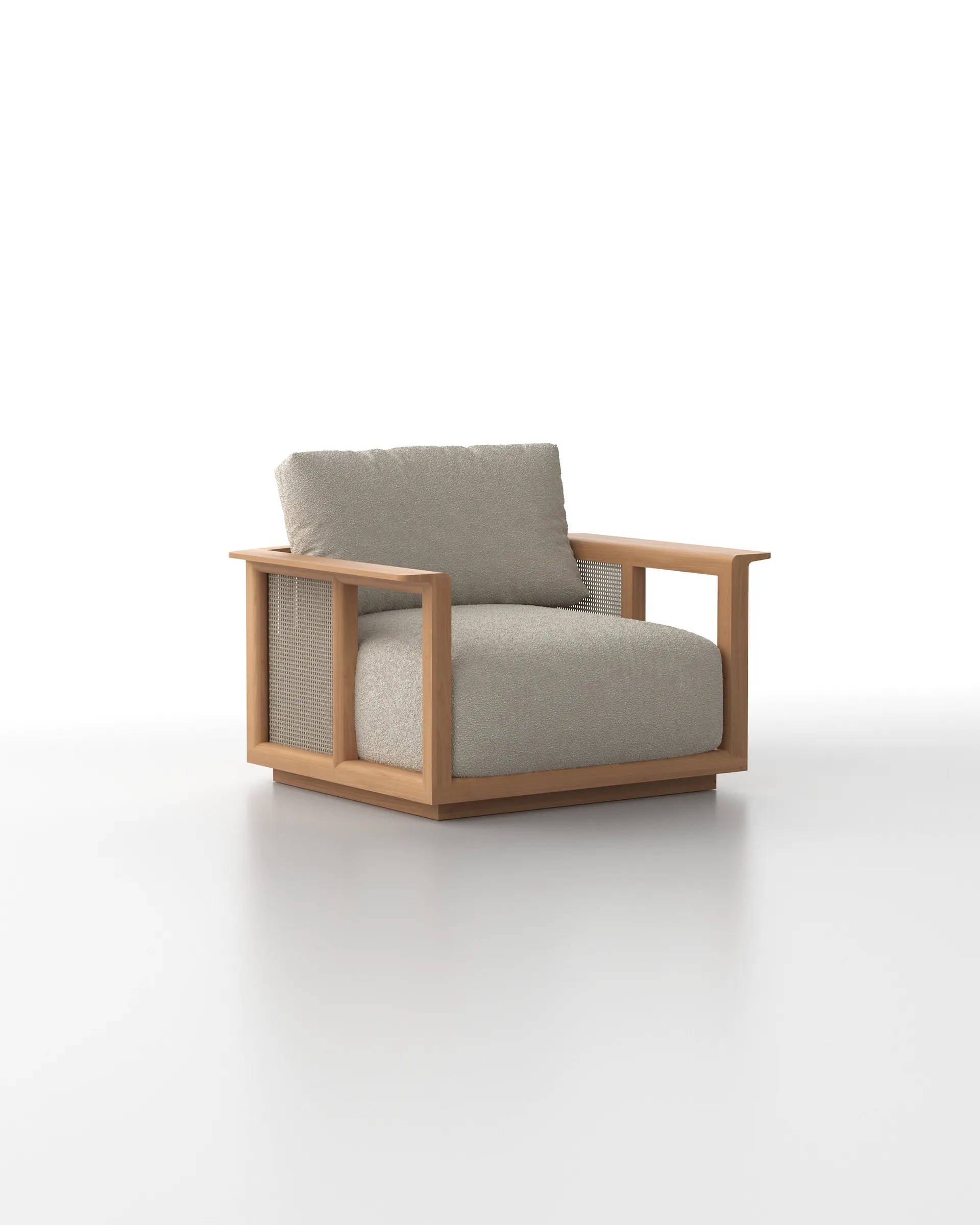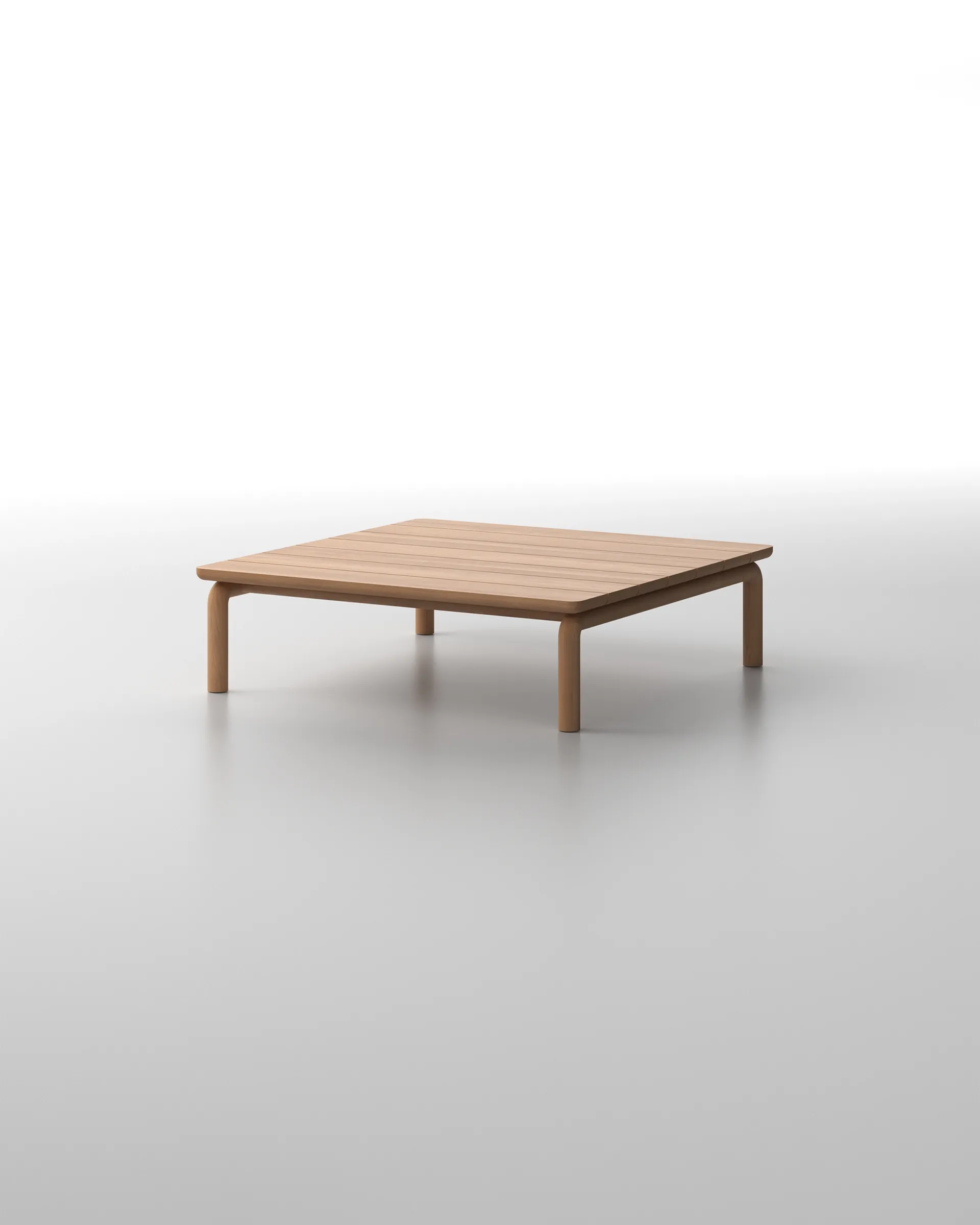When decorating a space without professional help, finding the right guidance can feel overwhelming. Among the endless inspiration available online, one principle often stands out. It is the use of a focal point in interior design. This simple yet powerful element has the ability to transform a room into something more refined and intentional.
While many designers will say there are no strict rules in decorating, applying a few timeless principles can make the process much easier. This is especially true for homeowners and villa owners who want their space to feel curated, elegant, and deeply personal.
In this guide, we’ll walk you through step by step ideas to create a strong focal point. The result is an interior that feels more cohesive, expressive, and truly memorable.
What Is a Focal Point in Interiors and Why It Matters
In interior design, there are many guiding principles that shape how a space comes to life. Balance, symmetry, and contrast are often key considerations. But beyond that, introducing a focal point is what immediately captures attention and provides structure to a room’s layout.
From a professional perspective, a focal point acts as a visual anchor. It’s the first element the eye naturally gravitates toward when entering a room. Once that point is established, the rest of the space starts to feel intentional and thoughtfully arranged.
Without a focal point, a room won’t feel cohesive —even if it’s filled with beautiful decorative objects. It may lack clarity and emotional impact. That’s why the focal point is more than just a design choice. It’s a foundational element that gives the room its direction, presence, and personality.
Types of Focal Points in Interiors
After understanding what a focal point is, it’s time to explore the different types that commonly appear in interior design. Recognizing these focal points helps create a more cohesive and balanced space, where visual flow feels intentional and refined.
1. Architectural Features
Architectural Features are built-in structural elements that highlight the character of a home. Beyond their technical functions, these features often carry aesthetic value that defines the tone of the entire space.
Common examples of architectural focal points include:
- Fireplace
- Picture Windows or Sliding Glass Doors
- Vaulted or Beamed Ceilings
- Alcoves or Wall Niches
- Feature Staircases
- Paneling and Decorative Moulding
- Exposed Materials such as natural stone or brick
When present, these features provide a natural foundation for visual hierarchy. In addition to offering unique character, they also deliver strong functional benefits, making them ideal focal points without the need for added decoration.
2. Statement Furniture
As the name suggests, statement furniture is a piece that stands out and immediately captures attention within a space. The moment someone walks into the room, their eyes are naturally drawn to it.
Several key characteristics define what makes a piece of furniture a true statement:
- Striking or artistic design
- Dominant size
- Bold or contrasting colors
- Luxurious textures and materials
- High-level craftsmanship
Statement furniture often becomes a focal point due to its size and the richness of its materials. It helps reinforce the room’s primary function, such as a sofa anchoring the living room or a dining table defining the heart of a family space. Using premium materials like solid teak, marble, or genuine leather also adds strong visual identity and a refined sense of luxury.
3. Art Pieces
In interior design, few elements convey emotion as powerfully as a well-chosen piece of art. Beyond aesthetics, art reflects the personality, preferences, and story of those who live in the space.
Common types of art pieces often used in interior design include:
- Paintings
- Artistic Photography
- Sculptures
- Textile Art (wall hangings, tapestries, or macramé)
- Wall Installations
- Local & Ethnic Art (wood carvings, cultural masks or ornaments, framed woven textiles)
When thoughtfully integrated, art becomes more than an accent — it completes the space. By anchoring the visual narrative of a room, it allows all other elements to fall into place with greater intention. A well-placed piece of art doesn’t just decorate, it elevates the experience of being in the room.
4. Dramatic Lighting
In interior design, dramatic lighting refers to a type of lighting that helps create a specific emotional atmosphere in a space. It is often used to highlight certain areas or to bring an artistic, elegant, or even theatrical mood into the room.
Here are some common types of lighting often used as focal points in interiors:
- Chandeliers
- Pendant Lights
- Artistic Floor Lamps
- Sculptural Table Lamps
- Wall Sconces
With its ability to draw the eye, shape the overall ambiance, and elevate the look of a room, dramatic lighting remains one of the most impactful focal points. It stands out not only for how it looks, but also for the feeling it brings the moment you walk into the space.
5. Accent Colors
Accent color is an interior design technique that brings more than one color into a space to create visual interest. Its main purpose is to highlight a specific area without changing the entire look of the room. This approach works well in neutral or monochromatic interiors that need a touch of energy.
For example, an olive green wall behind a neutral-toned sofa can instantly become a bold visual backdrop. A bright yellow chair in an all-white room also draws attention and adds a refreshing burst of personality. If you’re exploring how furniture and wall colors interact visually, take a look at Do Furniture Colours Need To Be Darker or Lighter Than Walls?.
6. Texture and Pattern
In interior design, texture and pattern are two key elements that enrich a space both visually and physically. Texture refers to the surface quality of materials—whether smooth, rough, or organic. Pattern is the visual repetition of lines, shapes, or motifs that appear on walls, furniture, or accessories.
When applied thoughtfully, these elements can create a striking focal point, especially in neutral or minimal rooms. They add contrast, introduce depth, and bring a sense of warmth to the environment.
Texture and pattern are especially fitting for design styles like rustic, tropical, or Japandi. These styles celebrate natural materials and effortless, authentic beauty. For further inspiration, read the article How Texture in Interior Design Adds Value to Hotel & Villa Interiors.
Step by Step Guide to a Stunning Focal Point
After exploring the types of focal points, the natural question becomes: how do you bring them together effectively? Many homeowners feel overwhelmed at this stage—unsure where to begin when arranging their space.
To create a focal point in interior design that feels refined and well‑curated, here are the practical steps:
Step 1 : Identify the Room’s Purpose
The first step in designing a strong focal point is understanding the room’s primary purpose. This clarity becomes the foundation for all styling decisions—from choosing furniture to defining the right focal point. That’s because a space meant for social interaction, for instance, will have very different needs compared to one designed for rest and reflection.
In shared areas like living rooms or family zones, elements such as large windows, open shelving, or a fireplace can act as visual anchors. These help guide furniture placement while creating an open and welcoming mood. In contrast, more private settings are better suited to a quiet focal point—like a cozy reading chair facing the garden or a piece of artwork that sparks emotion.
That’s why identifying the room’s function is more than just a practical step. It shapes not only the layout but also allows the focal point to feel organic and deeply connected to the character of the home.
Step 2 : Choose the Primary Visual Element
Once the room’s purpose is clearly defined, the next step is selecting the main visual element. As discussed in the earlier section, there are several types of focal points commonly used in interior design. This is the moment to choose one that will anchor the space and establish visual balance.
Options include architectural features, standout furniture pieces, art, dramatic lighting, accent colors, or textured and patterned elements. Each brings its own visual strength and can be tailored to the room’s function, interior style, and personal preferences.
While one main element should take center stage, that doesn’t mean you can’t combine focal points. The key lies in harmony. For instance, a large art piece can be enhanced with spotlighting, or a bold furniture item can be framed by an accent wall for added impact. Choose combinations that work together beautifully rather than competing for attention.
This step sets the visual foundation to be elevated further with scale, contrast, layout, and lighting in the following stages
Step 3 : Use Scale and Contrast to Draw Attention
Once you’ve selected the main visual element, the next step is to make sure your focal point truly stands out in the space. Two effective design principles to achieve this are scale and contrast.
Scale refers to size. A successful focal point is usually larger than the surrounding elements. For example, a large piece of art on a plain wall will naturally draw more attention than a collection of small decorations. Its dominant size helps guide the eye to where you want it to land.
Contrast is just as important. It’s a key element in interior design because it creates visual interest and helps tie the space together. Contrast can be introduced through color, shape, material, or lighting. Picture a deep navy sofa placed in a neutral-colored room, or a matte black pendant lamp hanging from a bright white ceiling. These bold contrasts make the focal point feel more striking and unforgettable.
To create a truly impactful focal point, avoid using items that are too small or too similar in tone to the rest of the room. Give the focal point enough visual breathing room so it can stand confidently on its own.
When used intentionally, scale and contrast not only make your focal point more eye-catching, but also add a clear sense of structure to your overall interior layout.
Step 4 : Frame with Furniture and Accessories
Once the focal point has been defined and highlighted through scale and contrast, the next step is to frame it using carefully placed furniture and accessories. This ensures the focal element becomes the visual centerpiece, while other elements support it harmoniously.
High-quality teak furniture such as a sofa, console table, or reading chair makes an ideal framing choice. Its natural texture and warm tone add depth and a premium impression. A solid teak sofa from the Otazen collection, for instance, not only reinforces the room’s focal point but also conveys the space’s identity and craftsmanship.
Here’s how to frame it effectively:
- Arrange furniture intentionally. Position pieces like sofas, chairs, or low tables so they naturally face the focal point, whether it’s a piece of art, a large window, or a sculptural installation.
- Use symmetrical accessories. Matching lamps or a pair of vases can add structure and draw extra attention to the focal area.
- Keep scale in mind. Avoid items that are too small, which may disappear visually, or too large, which may overpower the focal point.
- Choose materials and finishes that complement. Whether it’s teak, wood, metal, or textile, ensure the color, texture, and form support the main focal element.
With thoughtful framing—even when using a mix of materials—your space will feel more cohesive, elevated, and the focal point will truly hold the visual strength of the room.
Step 5 : Layer Lighting to Emphasize
Once the framing is in place, it’s time to reinforce your focal point using layered lighting. This technique blends three types of lighting to build visual depth, adjust the atmosphere, and give the focal point a more dramatic presence:
- Ambient lighting acts as the foundational layer, offering general illumination throughout the room.
- Task lighting supports specific activities—like reading or working—adding a practical yet stylish glow.
- Accent lighting is focused directly on the focal point, such as a spotlight on artwork, a statement piece of furniture, or a standout architectural feature.
Here’s how to apply it practically:
- Use pendant lights or soft downlights to create a balanced ambient layer.
- Add table lamps or floor lamps to target functional zones and enhance visual interest.
- Install spotlights or LED uplighting directly on your focal point—such as a painting or bold furniture item. Keep the brightness around three times stronger than the ambient lighting to create a dramatic effect.
- Include dimmers so lighting can shift from bright and functional to soft and moody, depending on the time or occasion.
With this layered approach, your focal point becomes more than just a visual anchor. It sets the tone and emotion of the entire space—transforming the room into a complete sensory experience.
Last Step : Keep It Simple and Focused
The final step in creating a focal point in interiors is to ensure the surrounding space stays simple and does not compete with the main feature. The principle of “less is more” allows your focal point to shine effortlessly.
To apply this practically, consider the following:
- Declutter regularly to remove unnecessary visual noise.
- Choose fewer, high-quality pieces that are multifunctional, rather than filling the space with many small items.
- Stick to a neutral color palette so that bold colors or shapes in the focal point make a stronger impression.
- Incorporate natural textures like wood and stone to bring warmth without stealing attention from the centerpiece.
By keeping the surroundings clean and intentional, your focal point will stand out with clarity and strength. The result is a space that feels grounded, elegant, and naturally cohesive.
Design That Draws the Eye and Grounds the Space
At the heart of every memorable interior lies a clear focal point—an element that doesn’t just draw the eye, but also gives the room a sense of balance and identity. When done right, this visual anchor quietly shapes the mood, flow, and experience of the entire space.
By following each step of this guide, from identifying the room’s purpose to refining it with lighting and layout, you build more than just aesthetic appeal. You create a sense of intention that resonates with anyone who walks in.
One of the most effortless ways to ground your space is through the use of natural materials—and few offer the richness and longevity of solid teak. Known for its warm tones and enduring quality, teak wood furniture adds both elegance and structure. It’s the kind of material that enhances the focal point without competing with it.
Discover timeless pieces that support this design philosophy in our teak furniture collection by Otazen.Because in the end, designing a focal point isn’t about making something loud. It’s about making it feel right—anchored, intentional, and deeply reflective of how you want the space to live and breathe.






































